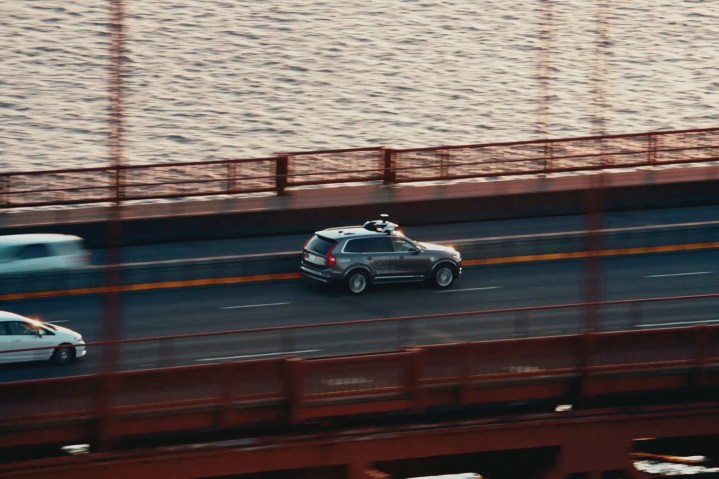
Doug Ducey, the Republican governor of Arizona, has been aggressively campaigning for Uber to move to the Grand Canyon State since news of the tug-of-war between the ridesharing giant and California began making headlines. On his official Twitter account, Governor Ducey accused California of using bureaucracy and regulations to put the brakes on innovation and change.
A press release issued by the governor’s office states that “Arizona is proud to be open for business.” “California may not want you, but we do,” the release adds. A large banner that reads “AZ welcomes Uber!” was prominently displayed outside of the governor’s office shortly after the move was announced.
The battle between Uber and California began last week when the company deployed a fleet of 16 self-driving Volvo XC90 SUVs on the streets of San Francisco without applying for a permit to test the technology. A permit costs $150, which Uber can certainly afford, but it also forces companies to disclose every accident and notify officials every time a car’s autonomous mode is turned off, according to The Wall Street Journal.
That hasn’t stopped companies like Tesla, General Motors, and Alphabet from obtaining one, but Uber argued it wasn’t necessary.
California officials disagreed, and the Department of Motor Vehicles (DMV) resolved the tussle — though not in Uber’s favor — by revoking the registration of all 16 prototypes. Arizona promises to let Uber continue its pilot program — which is much larger than the one it began operating in Pittsburgh, Pennsylvania a few months ago — without regulatory hurdles. California officials haven’t commented on the move yet.
Editors' Recommendations
- NASA’s Mars rover uses its self-driving smarts to navigate toughest route
- Uber riders, in-car video ads are coming
- We tested the self-driving Mercedes tech so advanced, it’s not allowed in the U.S.
- Officers confused as they pull over an empty self-driving car
- How a big blue van from 1986 paved the way for self-driving cars




